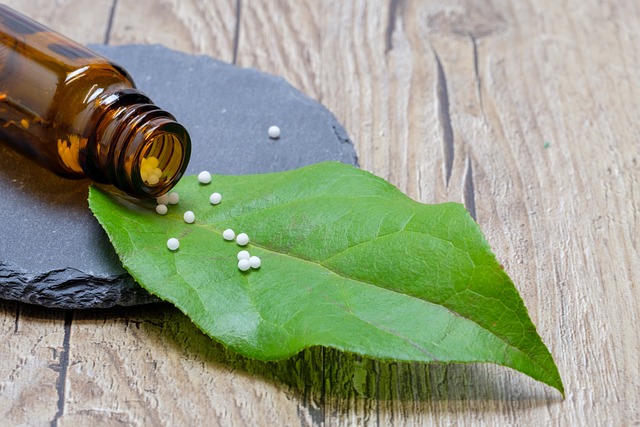Cold water immersion therapy, including short-term submerges in cold water (50-59°F) like ice baths or cold plunges, has gained popularity as a powerful recovery tool among athletes and health enthusiasts. By reducing inflammation, alleviating muscle soreness, enhancing mental clarity, lowering stress levels, and boosting the immune system, this ancient practice offers numerous benefits for athletic performance and overall well-being. As an effective cryotherapy alternative, cold water immersion is increasingly favored for its natural, efficient approach to post-workout recovery and improved health, especially within fitness and sports communities.
# Personalizing Cold Water Therapy: Unlocking Specific Health Goals
Understanding Cold Water Immersion Therapy: The Basics
Cold water immersion therapy, also known as cold plunge therapy or ice bath therapy, involves submerging yourself in cold water, typically between 50-59°F (10-15°C), for a short period. This practice has gained popularity due to its numerous health benefits, becoming a go-to recovery technique for athletes and an alternative to traditional cryotherapy. By exposing the body to extreme cold, blood vessels constrict, reducing inflammation and promoting faster healing.
For athletes, cold water immersion can aid in post-workout recovery, reducing muscle soreness and speeding up repair processes. The benefits extend beyond physical recovery; cold exposure therapy has been linked to improved mental clarity and reduced stress levels. Additionally, regular cold water immersions may enhance the body’s natural immune response, making it a versatile tool for achieving various health goals, from injury prevention to overall well-being.
– Definition and history of cold water therapy
Cold water therapy, also known as cold immersion or cryotherapy, has gained popularity in recent years as a holistic approach to wellness and athletic performance. This therapeutic practice involves submerging oneself in cold water, typically an ice bath or a cold plunge pool, for a short period. The concept is not new; its origins can be traced back to ancient civilizations like the Scandinavians, who used cold water for its perceived healing properties. However, modern adaptations have seen a surge in interest, especially within the fitness and sports communities.
For athletes, cold water immersion is often used as a recovery technique, offering numerous health benefits. The exposure to cold temperatures reduces inflammation, soothes muscle soreness, and can improve circulation when combined with gradual rewarming. It has become a go-to method for post-workout recovery, helping athletes accelerate their return to training. Moreover, cold water therapy acts as a powerful antioxidant, promoting cellular repair and enhancing overall immune function, making it a valuable addition to any wellness regimen.
– Common methods: cold plunges, ice baths, contrast showers
Cold water immersion therapy has gained popularity as a powerful tool for achieving various health and fitness goals. Common methods include cold plunges, where individuals quickly dip their bodies into ice-cold water, typically around 50-59°F (10-15°C), for a short duration. Ice baths, on the other hand, involve submerging the body in water significantly colder, often below 40°F (4°C), for an extended period, usually 10-15 minutes. These extreme temperature changes stimulate a range of beneficial physiological responses.
For athletes, cold plunge therapy and ice bath therapy can aid in recovery by reducing muscle soreness and inflammation. The shock of cold water exposure promotes blood flow to the extremities, which can help flush out metabolic waste products and reduce post-workout fatigue. Additionally, cold water immersion for athletes has been shown to improve performance and delay the onset of muscle fatigue during subsequent workouts. These techniques offer a more accessible and potentially less extreme alternative to cryotherapy, providing similar health benefits without requiring specialized facilities.
